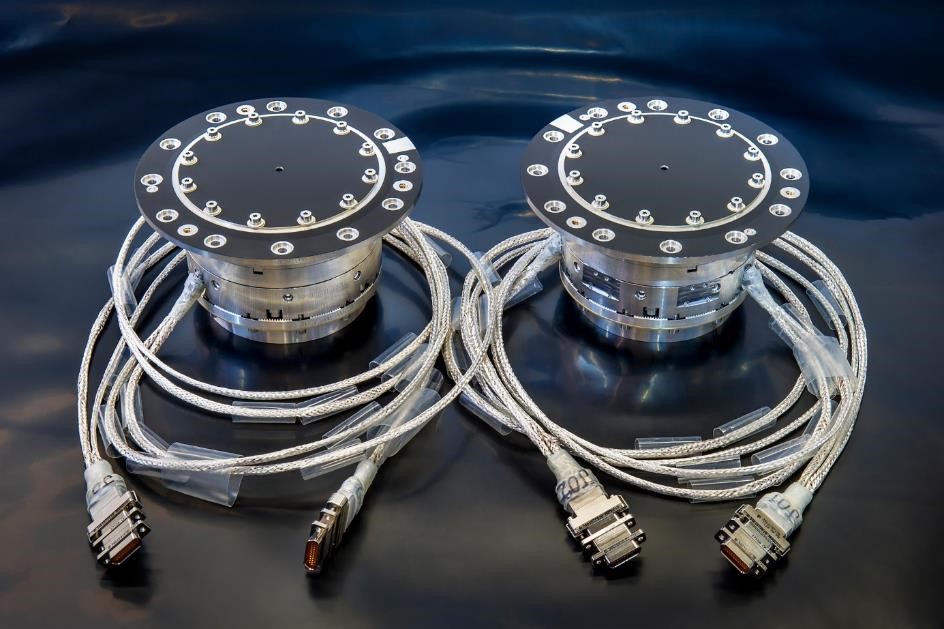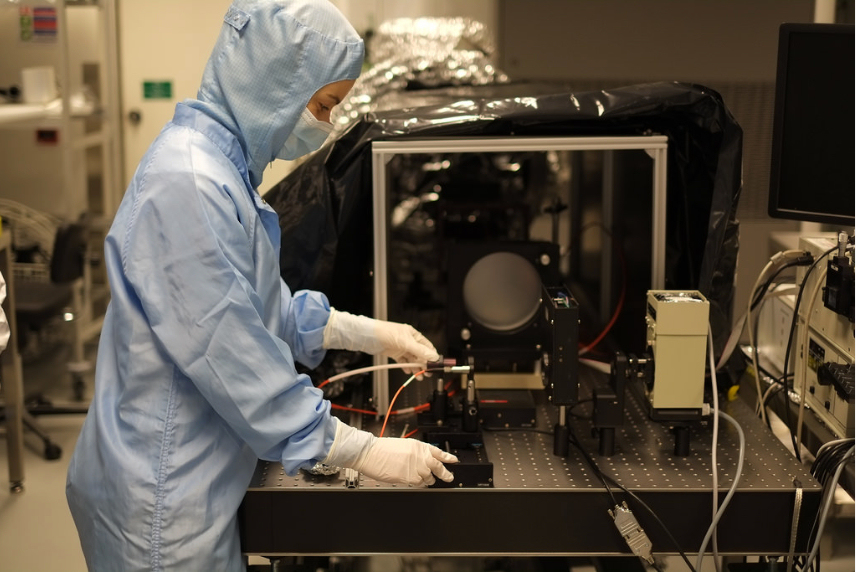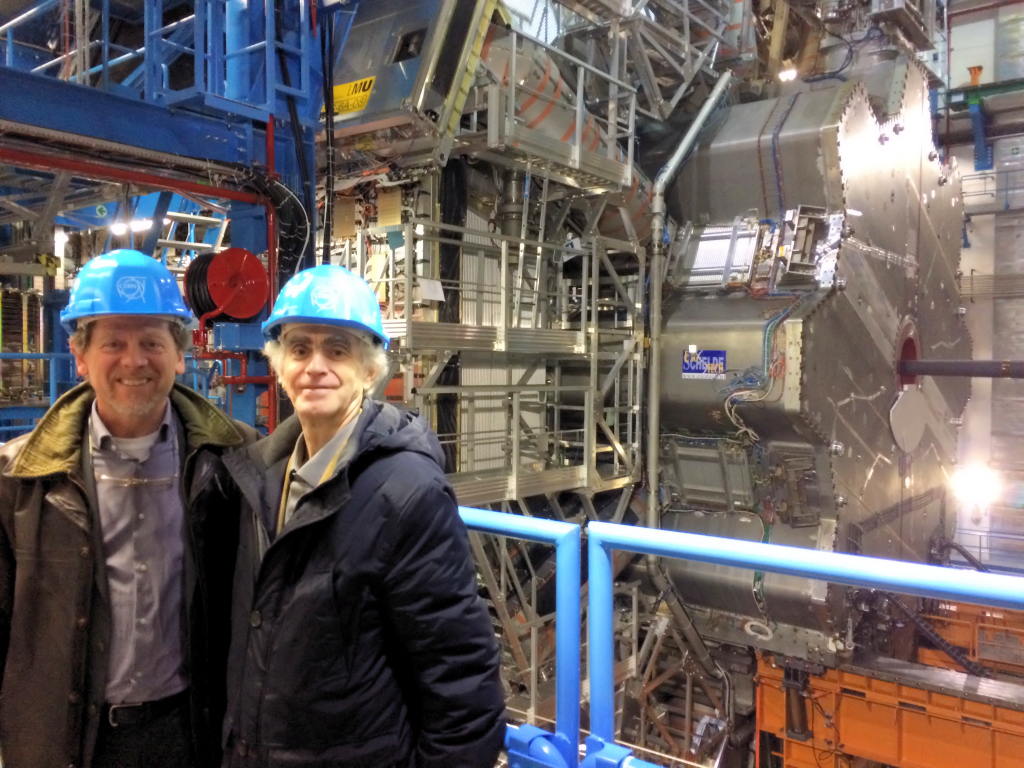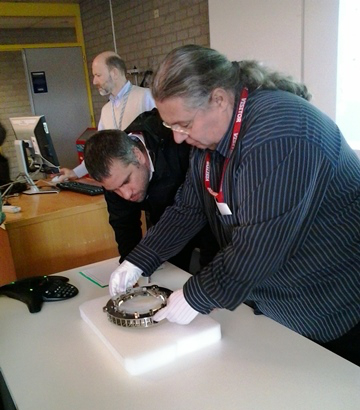Previously in the Picture - Euclid
Previously in the Picture
 |
In the Picture 2018-01-24Flight model of cryomotors allowing to select the NISP observing mode. The Near Infrared Spectrometer and Photometer (NISP) is one of the two instruments on-board the Euclid spacecraft. After 3 years of R&D for the qualification model, and 6 months for building and testing the flight model, the two NISP cryomotors have successfully passed the relevant tests. CEA-Irfu is now ready to deliver them to the Euclid Consortium. |
 |
In the Picture 2016-12-22ESTEC - 22 Dec 2016 - A very important and essential part of the instrument specification is the on-ground characterisation of the flight detectors. The VIS and NISP instrument teams have built facilities at MSSL and CPPM, respectively, to carry out the characterisation tests for all detector units. The tests will take a significant amount of effort and time in 2017, considering the selection of the required amount of 16 H2RG and 36 CCD flight devices. This is mitigated by testing two or more devices in parallel using more than one cryostat. The first flight CCDs will be delivered to MSSL for characterisation by the end of 2016, the first NIR sensor systems for flight will arrive at CPPM in March 2017. Photo: Magdalena Szafraniec preparing the CCD testing facility in MSSL. |
 |
In the Picture 2016-12-19CERN - 19 Dec 2016 - The Euclid Consortium Lead, Yannick Mellier (right), together with Euclid's Project manager of ESA, Giuseppe Racca, visited CERN to present the science of Euclid as well as ESAs organisation and approach to construct the space mission. Euclid and the LHC share a common objective: detection and characterisation of dark matter. Highlights of the visit was to learn about the latest results of the Alpha Magnetic Spectrometer (AMS) - the instrument residing at the ISS - and to see one of the CERN experiments, ATLAS, from nearby. They were hosted by prof. Peter Jenni, former spokesperson of ATLAS. Although ATLAS is about as costly as Euclid, it clearly has a more generous mass budget than Euclid. |
  |
In the Picture 2014-03-18ESTEC - 18 March 2014 - It is motivating to see (and touch!) real space hardware, especially concerning one's own mission. During the kick-off meeting of the NISP preliminary design review (PDR), Dr. Frank Grupp (MPE Garching) displayed a prototype of one of the NISP CALA lenses. For many the size of the lens of 16 cm diameter was most striking, giving a better impression of the size of the opto-mechanical assembly of NISP. Top photo: Frank Grupp showing the lens, Bottom photo: telescope engineer Luis Miguel Gaspar Venancio and project manager Giuseppe Racca inspecting the lens. |








































 Sign in
Sign in
 Science & Technology
Science & Technology